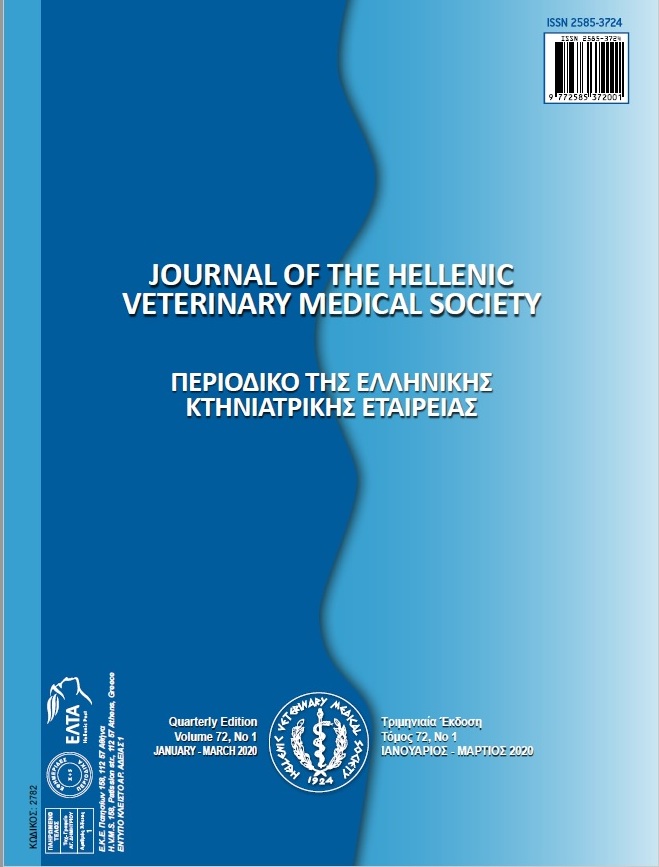Quality characteristics and oxidative stabilityof chicken kavurma formulated with chicken abdominal fat as beef fat replacer

Abstract
Kavurma is a traditional cooked ready-to-eat meat product that mainly produce in Middle East countries. In kavurma formulation, main ingredients are beef/mutton meat, beef/mutton fat and salt. In this regard, fat has high influence on product’s general characteristics. Due to increasing demand on poultry products, food industry working on novel formulations include chicken meat and chicken abdominal fat. Chicken abdominal fat is an important by-product of chicken meat industry and rich in mono and polyunsaturated fatty acids. For this reason, chicken abdominal fat could be used to improve healthier products. In this study, effects of using chicken abdominal fat (CAF) in chicken kavurma formulation as partial beef fat (BF) replacer on pH, color, textural and sensorial quality and oxidative stability during cold storage (4°C) for 3 months was studied. For this purpose, one control (C: 100% BF) sample and four modified samples, P1 (87.5% BF+12.5% CAF), P2 (75% BF+25% CAF), P3 (62.5% BF+37.5% CAF) and P4 (50% BF+50% CAF), were produced. Proximate composition and texture profile analysis of samples were determined after production whereas pH, lipid oxidation parameters, color and sensory properties of samples were performed on days 0, 30, 60 and 90. Using CAF in kavurma formulations more than 25% resulted higher pH drop during storage, and resulted lower taste and general acceptability scores compared to C samples at the end of storage. P2, P3 and P4 samples had lower TBARS value compared to C during storage period probably result of antioxidative antioxidative ingredients in chicken fed. As expected, due to the semi liquid characteristic of CAF, using this fat type resulted softer products. To sum up, using CAF as BF replacer resulted lower TBARS compared to C, but it had some negative influence on sensory and quality characteristics at high ratio.
Article Details
- How to Cite
-
Dikici, A., Nacak, B., Yel, N., Zaimoğulları, K., İpek, G., & Özer, M. (2022). Quality characteristics and oxidative stabilityof chicken kavurma formulated with chicken abdominal fat as beef fat replacer. Journal of the Hellenic Veterinary Medical Society, 73(3), 4525–4534. https://doi.org/10.12681/jhvms.27738
- Issue
- Vol. 73 No. 3 (2022)
- Section
- Research Articles

This work is licensed under a Creative Commons Attribution-NonCommercial 4.0 International License.
Authors who publish with this journal agree to the following terms:
· Authors retain copyright and grant the journal right of first publication with the work simultaneously licensed under a Creative Commons Attribution Non-Commercial License that allows others to share the work with an acknowledgement of the work's authorship and initial publication in this journal.
· Authors are able to enter into separate, additional contractual arrangements for the non-exclusive distribution of the journal's published version of the work (e.g. post it to an institutional repository or publish it in a book), with an acknowledgement of its initial publication in this journal.
· Authors are permitted and encouraged to post their work online (preferably in institutional repositories or on their website) prior to and during the submission process, as it can lead to productive exchanges, as well as earlier and greater citation of published work.




